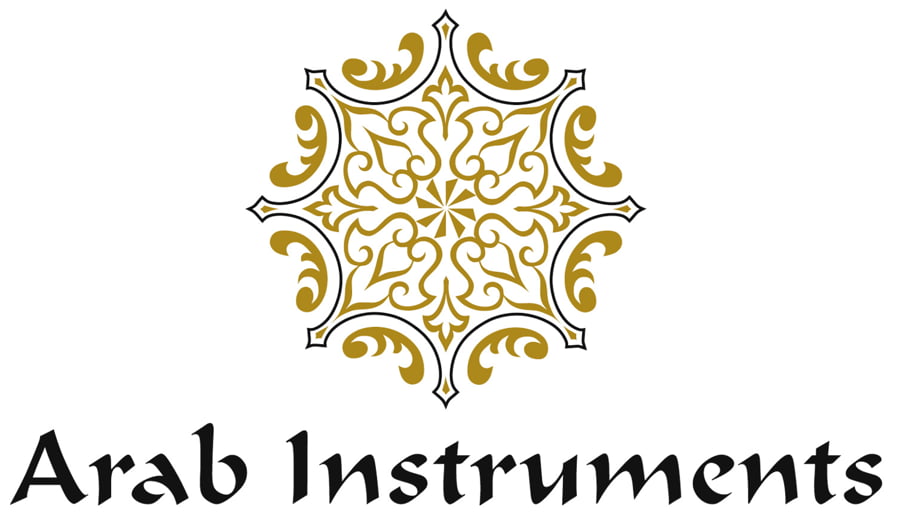The Structure of The Darbuka Drum
The Standard Structure of the Darbuka
Darbuka drum has a simplistic structure with conical shape and with a nearly circular head. However, the structure of darbuka drum can be different depending on its geographical locations, origins etc. The influence of western pop and hip-hop music has influenced the Musical culture of Middle East and it has resulted in changing its shapes and structure to some extent. It has got an all-new modern look with shinning interface. In addiction to this, some subtle changes have also introduced for improving the sound quality of Darbuka Drum. However, these subtle changes in the structure of Darbuka Drum can have either positive or negative effects or have both. Therefore, if you want to attain mastery in darbuka drum, you need to have fair knowledge about its standard structure.
Use of Different Materials
Different types of metals are used for giving a darbuka drum a perfect shape. Using metal for forming the main structure of Darbuka Drum can have a number of advantages. First, metal structure improves its durability and gives it strength that you will not find in the traditional darbuka drums. In some cases, more particularly in Turkish darbuka, external rings are used for enhancing its performance as whole and it has proved extremely effective in this regard. Usually, copper and aluminum shell are being used widely for giving a metallic finish to darbuka drum but aluminum shell is mostly in use because of its lightweight and of its flexibility.
Different Types, Different Structure, Different Darbuka Drum
Egyptian darbuka and Turkish darbuka are the two most popular types of Darbuka drums whose structures are distinctly different. Turkish Darbuka Drum has exposed edges whereas Egyptian darbuka drum has rounded edges. Exposed edges permit a darbuka player to try the finger-snapping technique, which has become its benchmark feature. On the other hand, rounded edges allow rapid roll technique.
